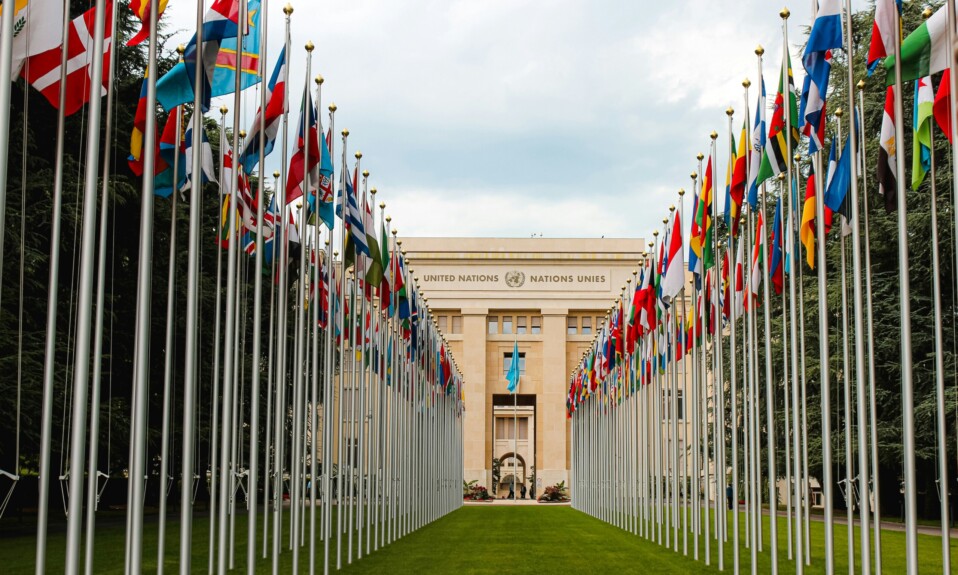Development greatly influences birth rates, internal migration, and international migration. In the development process, there is a general trend of decreasing birth rates. With an increase in the economic conditions coupled with advancement in education, particularly in females, there is a drastic decrease in fertility rates. Also, the reduction in child mortality due to improvement in health facilities plays a role in affecting the reduction in the size of families (Clifford, 2020). An example of this point is that, in many developing countries, birth rates have reduced because people are moving from rural to urban areas seeking better opportunities and standards of living. This is brought about by the fact that jobs, healthcare, and education are available in urban centers; hence, there is internal migration.
Internal migration may lead to positive or negative implications for developing nations. The positive repercussions include the reduction of poverty since people get better employment. However, it can also cause stress to the urban infrastructure and resources, thereby overpopulating cities with more demand for different services of houses, transport, and sanitation (RGSIBG, 2018). Also, there might be a shortage of labor in the countryside, which will lead to reduced agricultural productivity and thus affect the regional economy.
International migration, in contrast, has its distinct issues and advantages. For developing countries, the outcome of this emigration can cause a ‘brain drain’ that may cripple the development process, as skilled and educated people are lured to greener pastures abroad (TRT World, 2021). Money remitted by the migrant within is thus simple for the economy and families back in the country of origin. For receiving countries, immigrants often serve to fill various gaps in labor and contribute to increased economic growth. However, they could also experience integration problems and social tensions. For example, most individuals moving to Europe encounter significant problems of assimilation into new societies, resulting in many social tensions among the locals there now (Evans, 2020). Overall, development affects demographic trends and migration patterns in both ways. It can lead to decreasing birth rates and provide opportunities for better living standards, but it can also pose big challenges for infrastructure, resource allocation, and social integration in developing and developed countries.
References
Clifford, J. (2020, February 28). The Demographic Transition Model (DTM) [Video]. YouTube. https://www.youtube.com/watch?v=qfPlljpoHgQ
Evans, G. (2020, August 31). Europe’s migrant crisis: The year that changed a continent. BBC News. https://www.bbc.com/news/world-europe-53925209
RGSIBG. (2018, October 29). What is internal migration? | Migrants on the margins [Video]. YouTube. https://www.youtube.com/watch?v=3nKAAg5nKkw
TRT World. (2021, May 8). Africa matters: African migration to Europe [Video]. YouTube. https://www.youtube.com/watch?v=u1J9vH6QZEs










